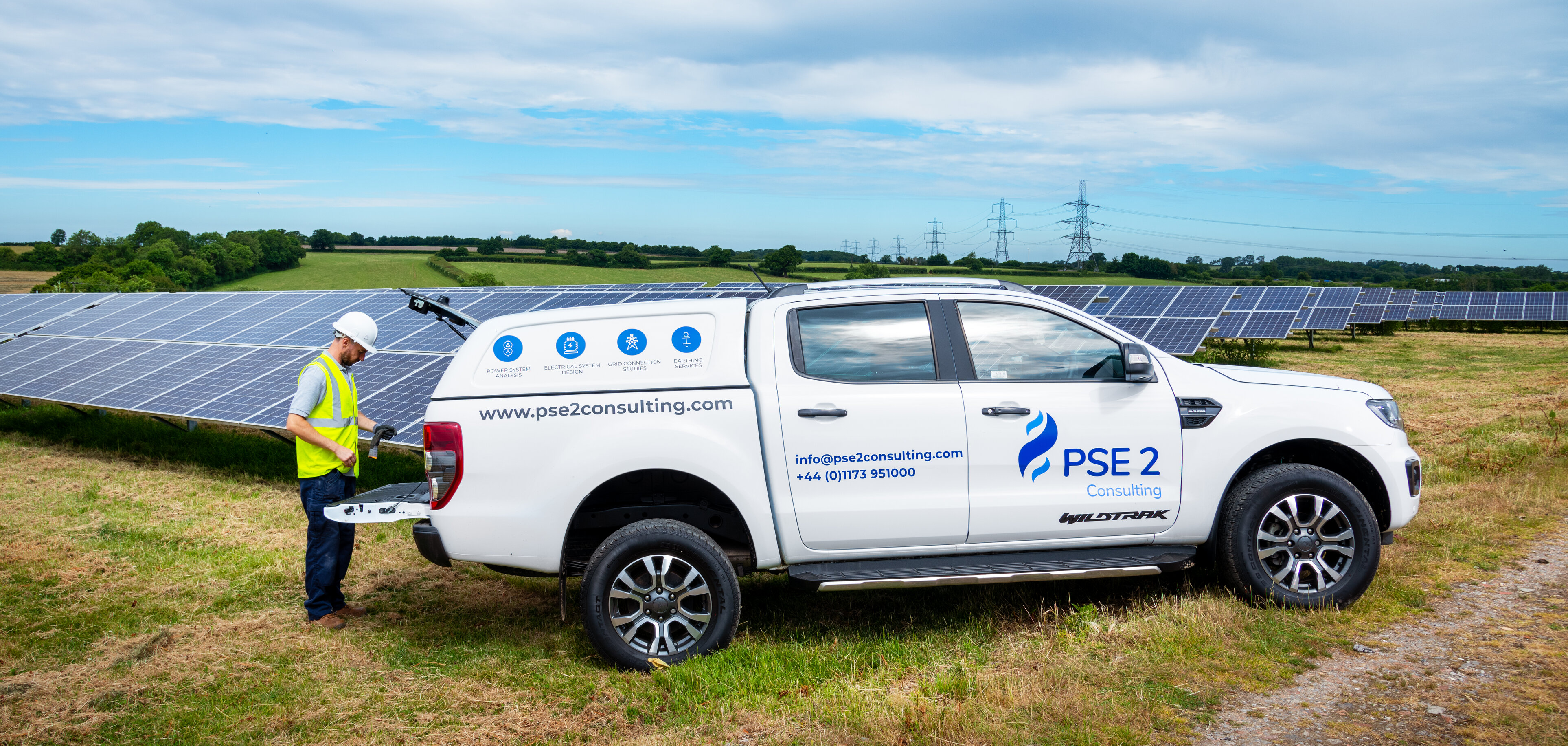Lightning protection studies
A lightning protection study could involve a mix of these various elements:
- lightning protection survey
- lightning protection risk assessment
- inspection of a lightning protection system
- design of a new lightning protection system
The study would generally be a scope of work that is either defined by you, the client, in your brief to our team. Otherwise, we can work with you to define your need based on your individual circumstances.
How do I get a lightning protection survey?
When we are approached by potential clients regarding lightning protection for their buildings, the first question we ask is, do you need a lightning protection survey? Our team will have an initial discovery discussion with you to determine if this is the case.
You can work out if you already have a lightning protection system by carrying out a visual check on the building. Can you physically see any evidence of LP on your building? These can include:
- Rods in the ground
- Conductors coming down the side of the building
- SPD’s on the LV distribution board
If there is no evidence of lightning protection on your building, then we may not need to carry out a survey. In this scenario we would need to determine what kind of protection system you need, if any.
If there is a lightning protection system in place, then we would need to carry out a survey to ensure that the system you have in place is sufficient for your needs and meets the relevant requirements and standards.
Do I need a lightning protection risk assessment?
You will always need a lightning protection risk assessment if you are legally obliged to carry out a lightning protection study or have been instructed to for insurance purposes.
Once you have instructed us to carry out a Risk Assessment, we send you a descriptive form with all the information we need to carry out the assessment. The form includes information such as:
- Building dimensions
- Electrical schematic for the building
- Services feeding the building e.g. power, internet or telecoms
- Personnel and occupancy of the building
- Building use – are there any hazardous materials? (If the answer is yes then you will need another assessment called a DSEAR assessment)
This is called a Request for Information (RFI) form and can usually be completed by you, the client, based on the information you have about your building. Sometimes the information needed will be hidden – such as cables underground – so a visual survey will not be enough to collect this information.
We can support you through this process based on your individual needs. We are happy to undertake a site visit/survey and complete the RFI on your behalf. However, if clients can complete the RFI internally, or with virtual guidance this avoids the need for a physical survey.
The outcome of the assessment would be to decide whether the lightning protection system in place is compliant with the relevant standards, whether it needs updating, or whether a new system is needed to be designed, installed and commissioned.
Our team can work with you to discover any issues and provide all the solutions you need to be compliant. We also have the capability to design a new system for a new or existing asset (e.g. using Rolling Sphere method) and provide you with the advice and contacts you need to get the system installed or repaired.
Lightning and surge protection risk assessment
The old standard of lightning protection assessments, known as 6651, used to split the process into a risk assessment and a surge protection assessment. One would determine if you needed a structural system and the other would determine if you needed an electrical system.
The newer standard set in 2012, known as 62305, no longer splits the assessment. This means there is no longer such thing as a surge protection risk assessment – the new system includes surge protection. The only exception to this is for the water board, who have their own lightning protection policy that still splits the two and is still relevant.
When carrying out a lightning protection study for a building that complies with the old standard, we would work with you to ascertain whether this is still relevant for your usage, or whether you would need to, or want to, update your system to comply with the new standard.
Lightning protection consultancy
If you are working on a lightning protection study, or if you’re trying to work out if you need one, we can provide you with lightning protection consultancy.
We work with our clients throughout the entire process to provide all the information you need whether it’s general advice, defining and advising on scope of work needed, carrying out a survey or risk assessment, designing a new lightning protection system, or advice on repairing or updating a system to make it compliant.
Lightning protection system inspection service
We can offer scheduled maintenance checks and routine inspections and measurements to check compliance on existing lightning protection systems.
We provided a solution to mitigate this, which was to install SPDs at various strategic positions on power and data lines. However, the client was unable to do this without significant costs. We worked with them to go through the form and subsequently learnt that the building wasn’t a zone 1 after all and had really been put there as a worst case estimate. The client hadn’t realised the significance of putting this on the form.
We re-did the risk assessment with them and found that risks became below tolerable levels, so the SPDs weren’t needed, saving the client a lot of time, money and resources.
